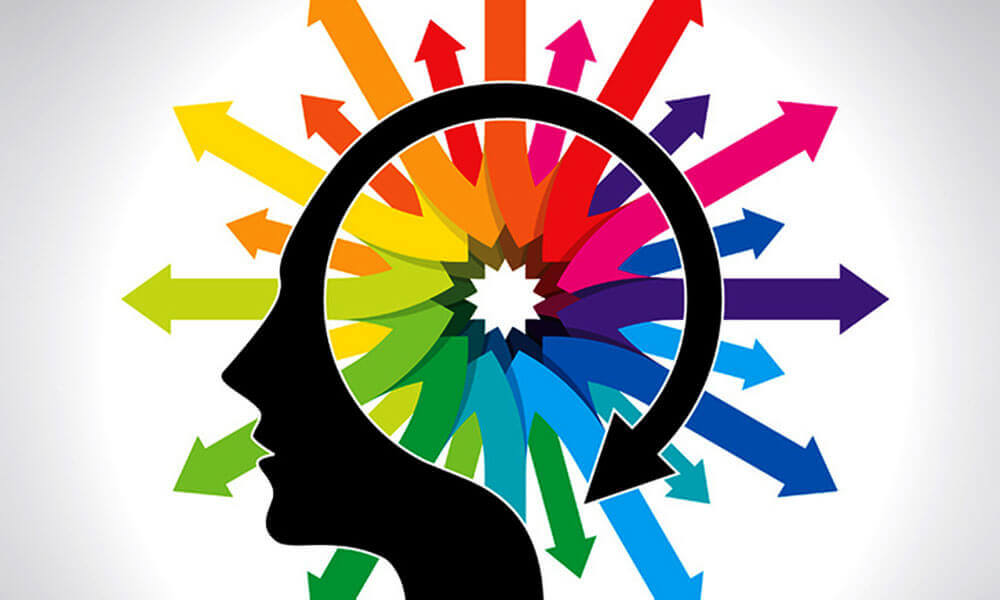
Great marketing is all about being able to tap into the mind and predict the behavior of your target audience. Fortunately, doing so does not require any psychic abilities or doctorate degrees. Instead, several psychological tactics at your disposal can be used to help better understand your hotel’s audience and drive traffic as a result.
Introducing: color psychology – an approach that considers how color affects human behavior. Knowledge of this study can be used by both designers and marketers to influence customer reaction and emotional response to targeted messaging and product offerings. For hotel brands, in particular, incorporating elements of color psychology in marketing strategy can help develop an edge over the competition and drive revenue via direct bookings through your hotel website.
How does color impact our behavior?
Fun fact: We, as humans, evolved as visual beings with brains capable of processing imagery 60,000 times faster than that of standard text. Also, 90% of the information we process intellectually is visible.
We rely on visual perception as a sensor for surveying and interpreting our surrounding environment, much like a metal detector uses a magnetometer (magnetic sensor) to explore buried treasures. In relation, color acts as a trigger for a diverse set of responses within our brains and across the thought processes, movements, and sensations throughout our bodies. First-hand awareness of color is known to be one of the key drivers of human evolution. If color is so significant to the history of human evolvement, consider how critical is to the value of your brand.
Put it this way – if the cavemen found meaning and purpose in color, then the same would be true for modern travelers and by default, your hotel’s brand identity and digital presence.
How are significant brands using color to influence their audience?
While name, logo, or product type can distinguish unique brands, color is often the first thing to catch the viewer’s eye. Color theory, a concept adapted from principles of psychology, suggests brands can adopt visual identities (color schemes and color arrangement) to define the mood and influence the response of their target consumer. Studies show color has the ability to increase brand recognition (a direct link to consumer confidence), by 80%, with an average 85% of active shoppers naming color as a lead contributor to their purchasing decisions.
As the theory supports, distinct colors signify emotional attributes, which can be effectively used to convey brand messaging and guide customer experience. Corporations and big-brands use this as a powerful marketing tool, taking advantage of the opportunity to further influence their target market.




